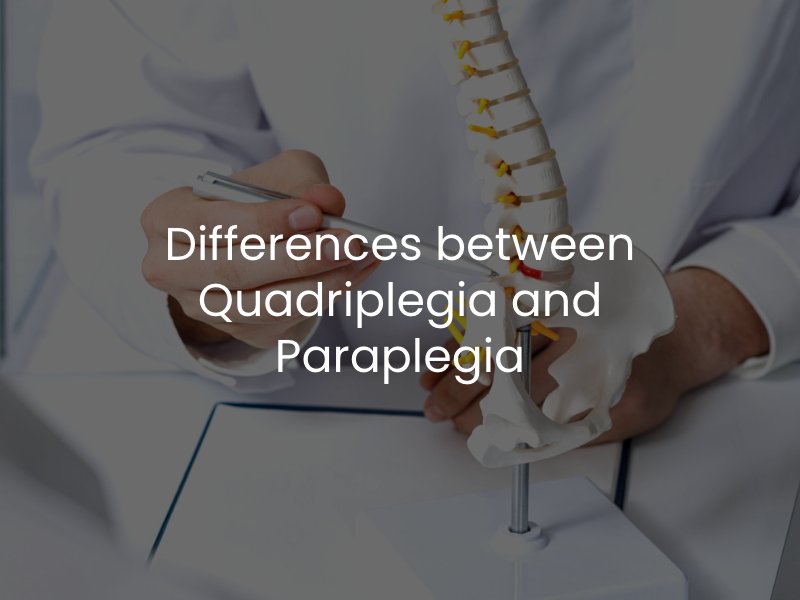Levels of Spinal Cord Injuries
Spinal cord injuries can leave victims significant pain and suffering, as well as long-lasting disabilities, but not all spinal cord injuries are exactly alike. In fact, there are several different levels of spinal cord injury that are important to understand, as these different levels can have specific effects on victims.
Complete vs. Incomplete Spinal Cord Injuries
The first distinction made between spinal cord injuries is whether they are complete or incomplete.
- Complete injury. In this type of injury, the spinal cord is completely severed or damaged, resulting in a loss of sensation and motor functioning below the injury site. The victim often experiences paralysis in the affected area.
- Incomplete injury. Here, the spinal cord is only partially damaged, which means the individual may retain some degree of movement and sensation. The severity of the impact depends on the location and extent of the injury.
Quadriplegia vs. Paraplegia
Two terms often associated with spinal cord injuries are quadriplegia and paraplegia, each indicating different levels of paralysis.

- Quadriplegia (Tetraplegia). This condition involves paralysis of the arms, legs, and torso due to injury to the cervical (neck) region of the spine. Individuals with this injury typically cannot use their limbs or control other bodily functions below the neck.
- Paraplegia. This condition results total loss of function in the lower half of the body, affecting the legs and possibly the pelvic organs. It usually occurs from injuries to the thoracic or lumbar regions of the spine.
Injuries by Spinal Region
Each spinal region has a different function, and the location of an injury determines which bodily functions are affected:
- Cervical. The cervical region, located in the neck, controls functions like breathing, neck movement, and sensation in the arms. Injuries to this area can lead to paralysis from the neck down and require assistance with breathing, speaking, and bodily functions.
- Thoracic. Found in the upper and mid-back, the thoracic region affects the torso and abdominal muscles. Individuals with injuries here may lose the ability to control their upper back and abdominal muscles, often requiring assistance for daily activities.
- Lumbar. The lumbar region controls the lower back and leg muscles. Injuries here often lead to partial paralysis and impair walking. Many victims require braces or wheelchairs but can recover function with extensive therapy.
- Sacral. This area affects the pelvic region, hips, and thighs. Sacral injuries often cause loss of bladder and bowel control, but victims can usually walk unaided.
- Coccygeal. Injuries to the tailbone can be extremely painful but generally heal over time without lasting damage.
Legal Implications and Working With a Spinal Cord Injury Lawyer
A spinal cord injury can lead to significant medical expenses, rehabilitation, and lost income. Victims and their families face long-term challenges, and it is important to seek fair compensation when another party’s negligence is to blame.
A qualified Sacramento spinal cord injury attorney can guide you through the process of filing a claim. They will assess the facts of your case, identify liable parties, and help you pursue compensation for:
- Medical expenses and ongoing treatment
- Rehabilitation and therapy costs
- Loss of income and diminished earning capacity
- Pain and suffering damages